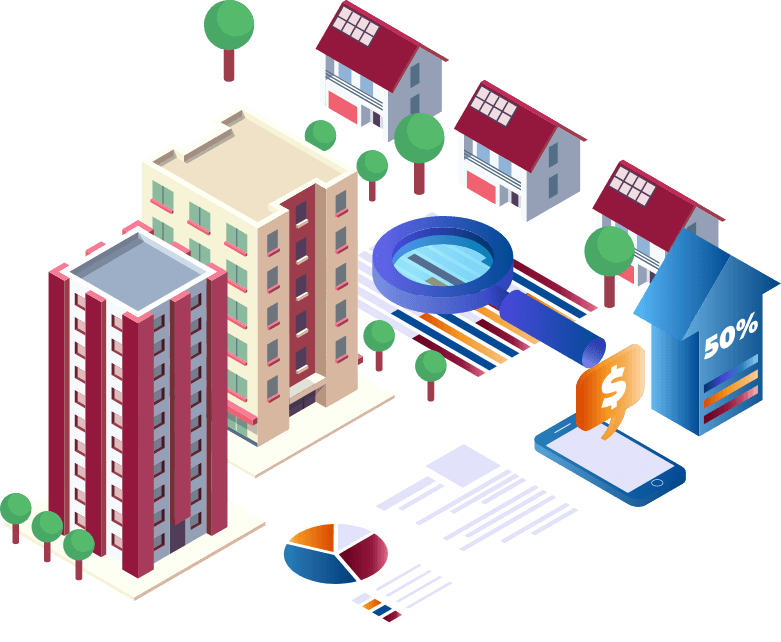
Improved agility in data analytics and the development of solutions for business users
Potential savings of US$300k/month in cost to serve data to all business units
Eliminated the 36 hours previously required to create new analytics solutions
PT Bank Rakyat Indonesia, commonly known as BRI, is one of the largest banks in Indonesia. As a state-owned company, BRI is an agent of development and committed to providing banking services that extend beyond the cities and into the rural areas of Indonesia. BRI’s broader vision is to become the most valuable banking group in Southeast Asia and the champion of financial inclusion.
BRI is data-driven in its approach to achieving these goals and has built a data culture that encompasses the entire organization. Tableau has helped to foster this culture by making data more accessible and easier for business users to explore on their own.
To be a data-driven organization means more than just using data to make decisions. It is about building a data culture and inviting everyone to be a part of the data analytics product lifecycle.
BRI’s journey towards self-service analytics
For BRI to become a data company, it had to challenge the notion that data analytics is a task for IT only. In the past, business teams would put in a request to IT every time they needed a new report or dashboard. They then waited up to four weeks for a response as reports and dashboards were prepared using complex queries and coding. In some cases, the business would then request changes which would delay delivery even more—sometimes to the extent that the dashboard was no longer required by the time it was complete.
BRI wanted to enable faster delivery of data to business teams and build a foundation for self-service analytics. The company started by rolling out Tableau within IT and using it to create dashboards for the business. It then began to build data literacy across the organization.

“Tableau helped us implement our self-service strategy and make it possible for non-IT users to independently explore data and extract insights on their own,” said Kukuh. “They don’t need to know a query language as Tableau makes data exploration as easy as dragging and dropping.”One of the keys to the success in BRI’s data journey is that its data specialists have worked closely with business users to develop solutions that best meet their needs. Currently, BRI runs a program called “Pendekar Data” (Data Warriors) to boost data literacy. This program includes training for the business and is supported by a network of data champions.
As a result of the training, business users are equipped to analyze data on their own using Tableau. One of the connected datasets allows users to analyze the performance of BRI’s Savings Portfolio, including month-on-month growth of each type of savings account. By using this dataset, the business unit can analyze and measure the impact of related marketing campaigns. They can also carry out simulations and projections on their own, rather than demanding support from the data engineering teams.
Currently, there are more than ten datasets connected to Tableau which are used by 18 divisions for self-service analytics. These include the Mass Funding Division and Performance Management Division which actively use Tableau to inform key decisions. The number of dashboards and users also continues to grow. By the end of 2023, BRI plans to have 150 new Data Warriors to drive data initiatives within each business unit.
Introducing self-service analytics has made it possible for the business to access information three times faster than before. It is also ten times faster for them to find the answers they need within that data and that’s because of Tableau and the faster processing of data. Most importantly, the analytics capability of our non-IT users has increased significantly.